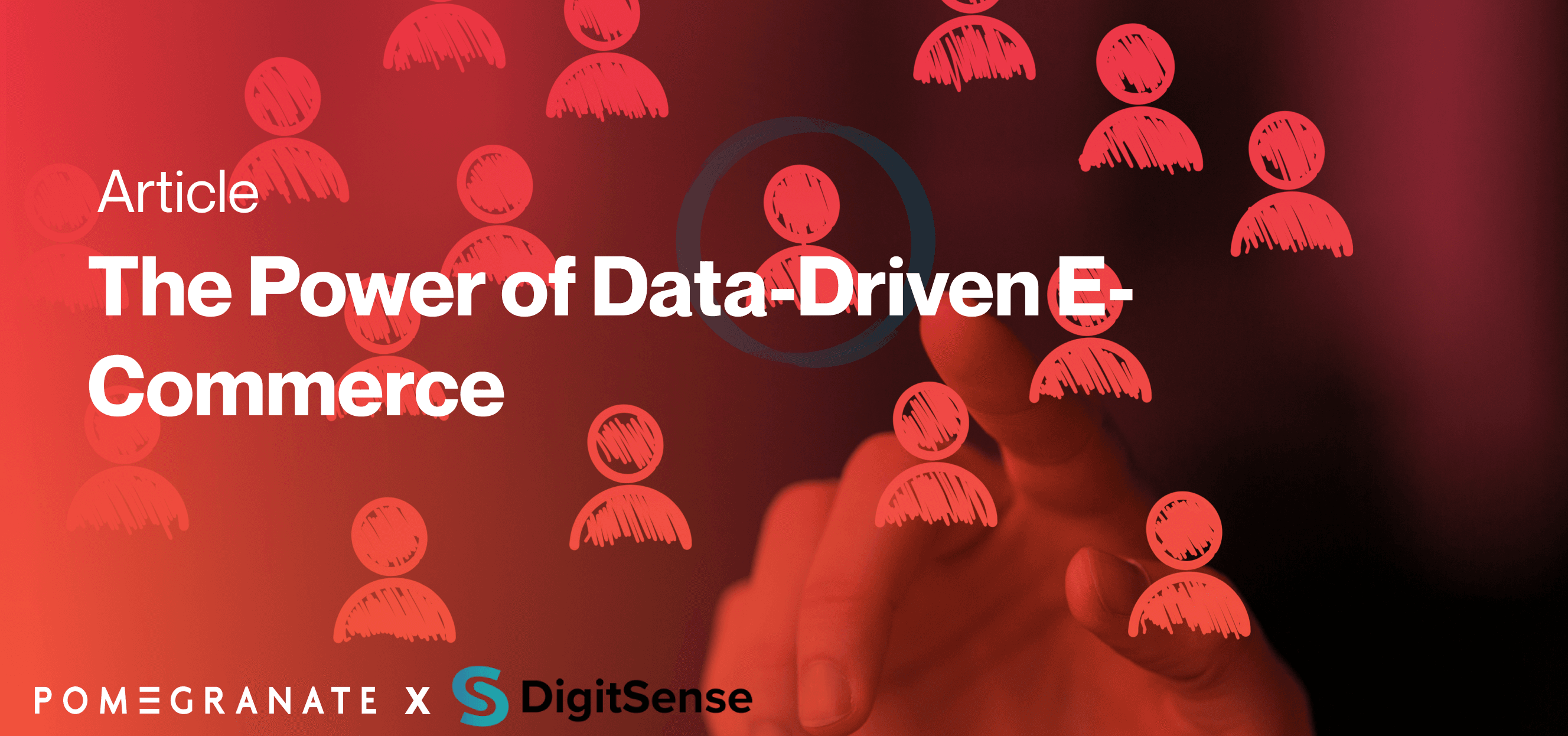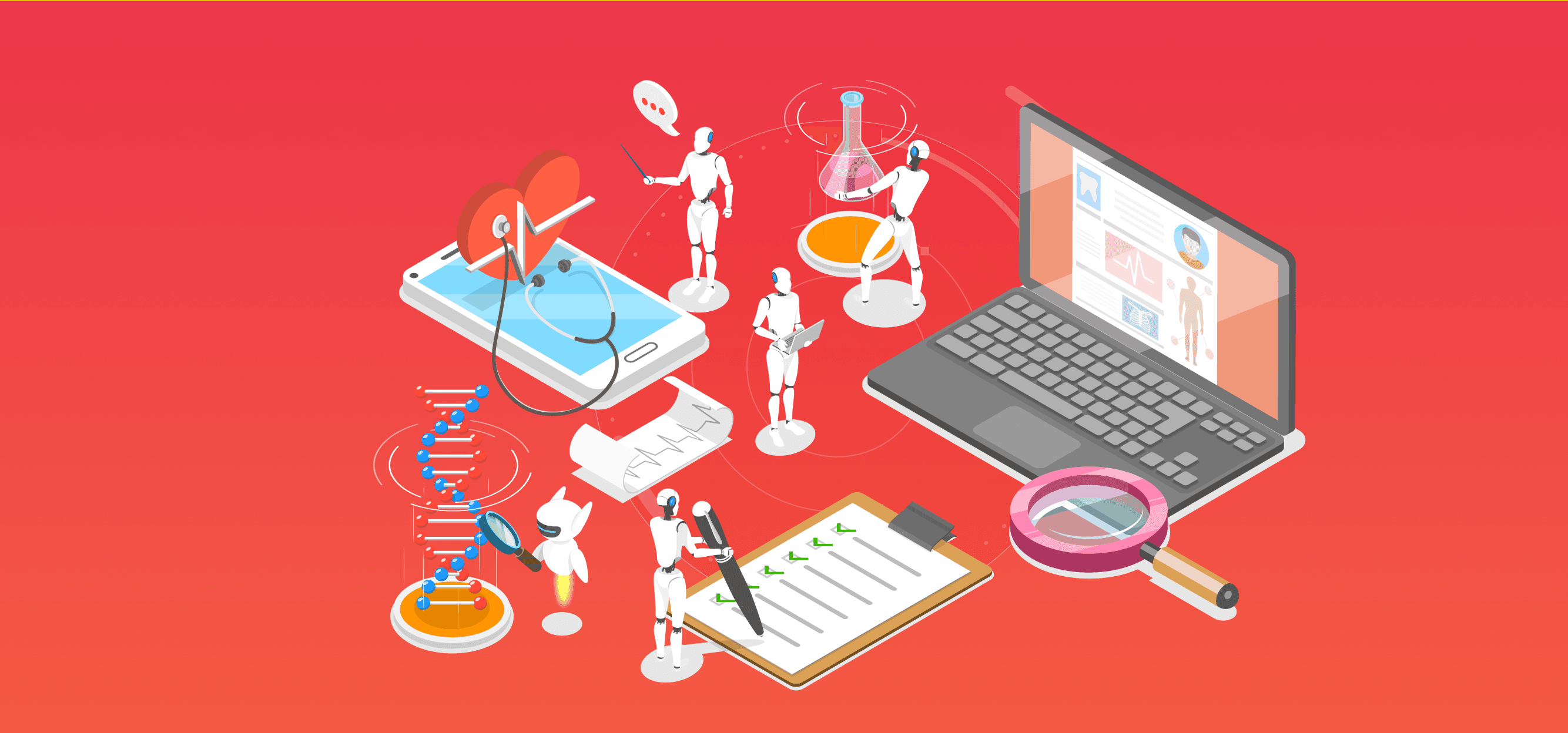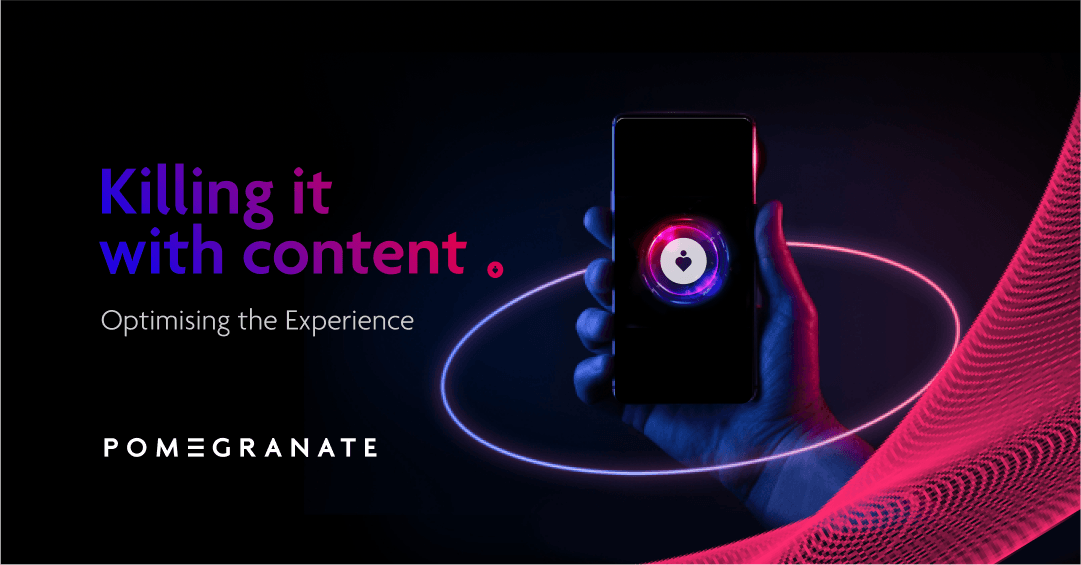“First rule of usability. Don’t listen to users. Pay attention to what users do, not what they say.” Nielsen Norman.
Many companies use self-reporting to understand people’s opinions, motives or experiences. It can be qualitative, such as interviews, or quantitative, such as surveys or questionnaires.
Self-reporting is effective at revealing how people perceive their own thoughts, beliefs and behaviours, making it attractive to marketers seeking to understand how to tap into customers’ reflective emotions. It can reveal people’s subjective perspectives, worldviews and relationships, and allow behaviour to be contextualised, which in turn enables the understanding of their reflective emotions on a subject.
There is no better approach to gleaning your participants’ experiences as they understand them, as it allows the development of branding, messaging and websites which resonate with the customers, addressing their emotional needs and wants, and leading to improved conversion rates. Cost-effective and simple to conduct, all you need are willing customers or prospects to talk to.
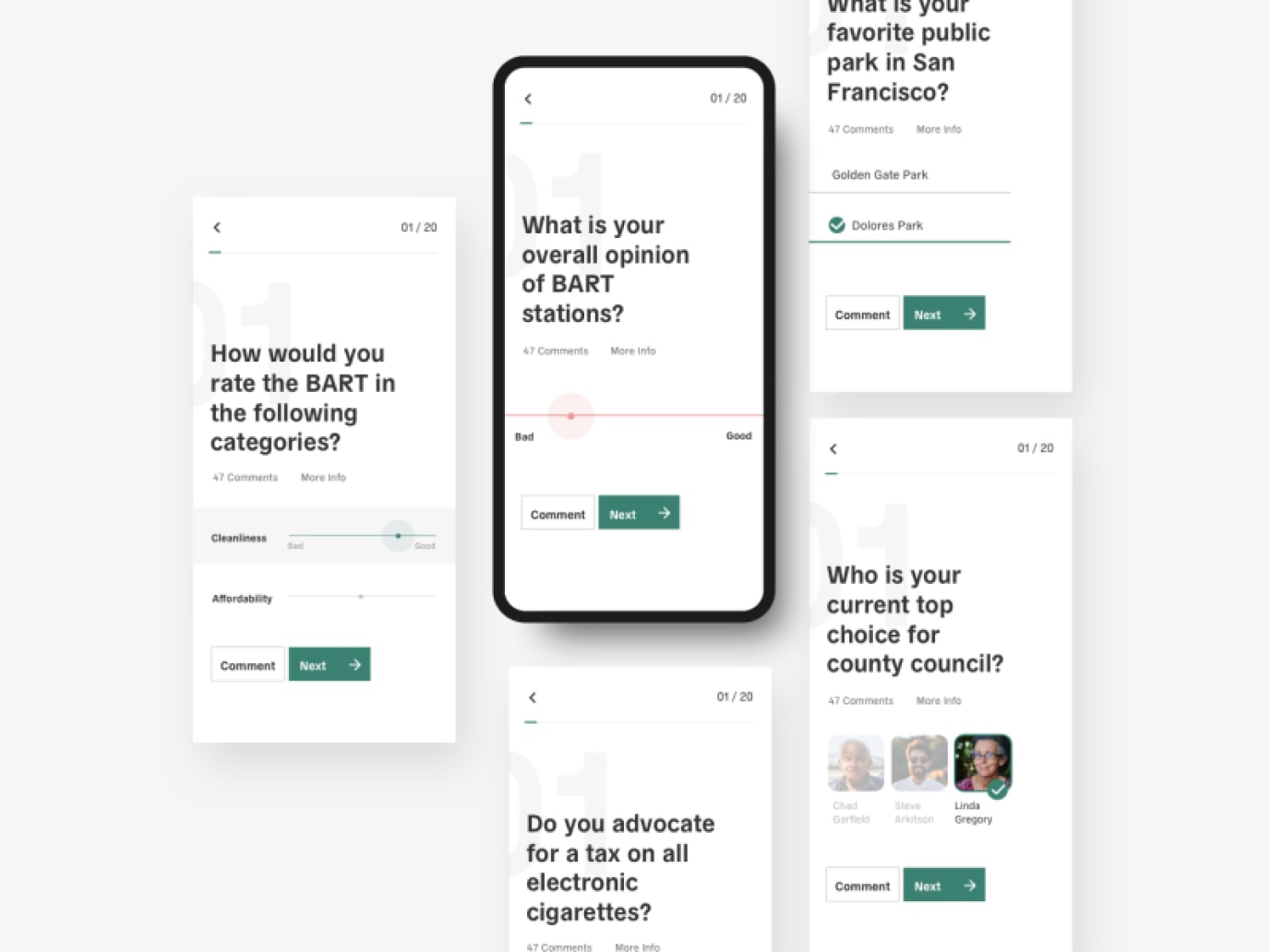
However, there are caveats.
Self-reporting can fall victim to cognitive biases. Participants may exaggerate, under-report or straight up lie about their behaviours or experiences to tell you what they believe you want to hear (social desirability bias). They may miscalculate or misjudge their future behaviour in hypothetical situations (projection bias). They also may simply misremember past experiences (recall bias), even if they believe they’re being truthful. The result – your strategy, targeting and messaging are built on false data and an inaccurate representation.
However, all is not lost. Emotional Ignition’s ™ technology and research capabilities allow the removal of cognitive biases by designing questions which are as non-assumptive as possible, producing precise, meaningful research outcomes. So instead of leading with “Would you rather use the old version or this improved version of the website?”, we might instead ask “Which version of the website would you rather use?”
For example
We asked 346 people to report on their beliefs, feelings and behaviours around health and natural health supplements. To reduce bias, the questions were asked in different ways about the same belief/behaviour multiple times within the survey. Participants answered using a Likert scale indicating their strength of agreement or disagreement with each statement (e.g. “I happily pay a higher price for improving my health”). Outputs were fed into a Structural Equation Model that mapped and weighted variables (e.g. hedonic motivation) based upon their impact on purchase behaviours within this particular product space.
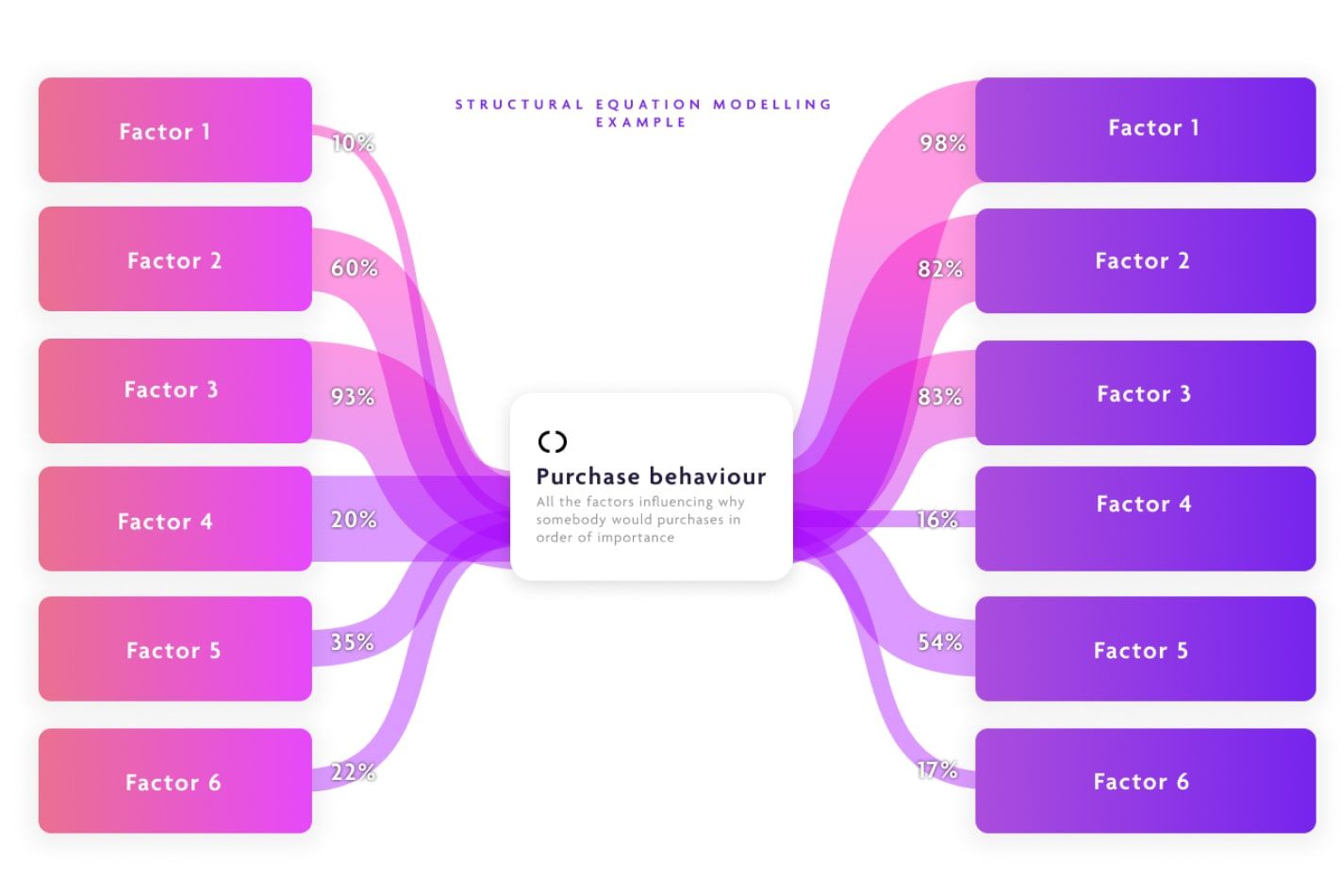
Digging deeper, we used another self-reporting method with 20 additional participants: semi-structured interviews. Participants were asked to tell the facilitator about previous purchases of natural health supplements, and their impact. Questions were phrased as neutrally as possible, creating space for the participants to report their organic thoughts and feelings while reducing potential for social desirability bias.
These self-report methodologies were triangulated with website analytic data, Amazon review data, and comprehensive literature review data, ensuring accuracy and integrity.
It was revealed that customers are more likely to purchase products to help improve and positively influence their future health, than to solve a current health issue. We therefore advised our client to shift their messaging, product, and website design focus from curative health to preventative health. This better reflected their customers’ views, driving increases in both sales and loyalty.
“People don't think how they feel, they don't say what they think, and they don't do what they say.” David Ogilvy
Hence, rather than asking participants what they might do under certain circumstances, encouraging projection bias, we ask them to describe when they have dealt with that particular situation. Since people typically repeat their past behaviour, this offers a better predictor of future behaviour than asking what they think they might do. You may now be thinking, “but surely this could also be impacted by recall bias!” - and you’re right! To reduce the risk of recall bias, we screen for participants who have recently practiced the desired behaviour (e.g. purchasing a certain product) to ensure their memories are reliable.
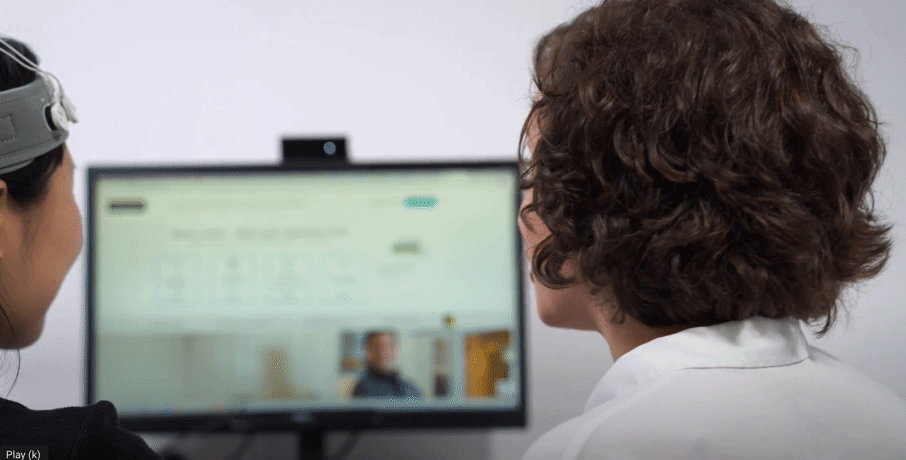
Finally, and importantly, at Emotional Ignition™ we never rely on self-reporting alone. We believe strongly in triangulating data with other methodologies to help further remove bias and ensure integrity in our results. Self-report data becomes much stronger when coupled with physiological data and/or observational data, and vice versa.
To find out more about our methodologies and research techniques - talk to one of our team.

